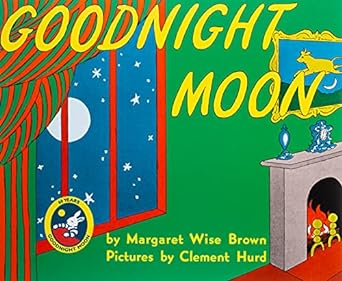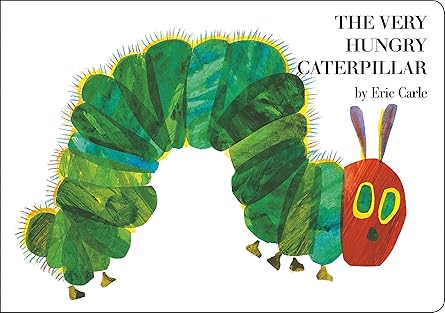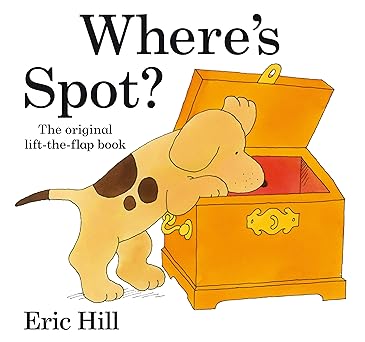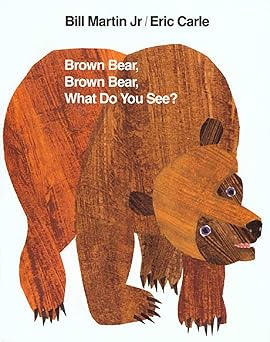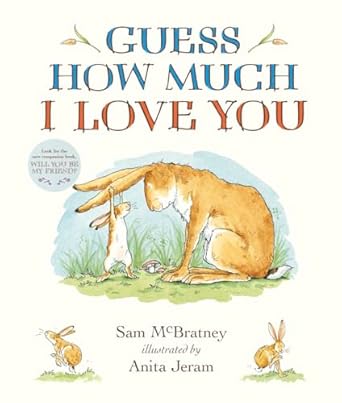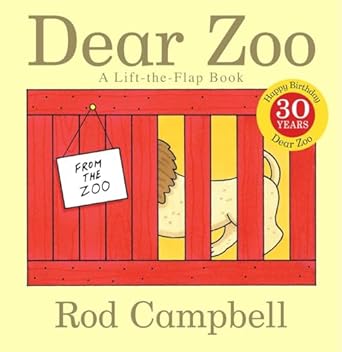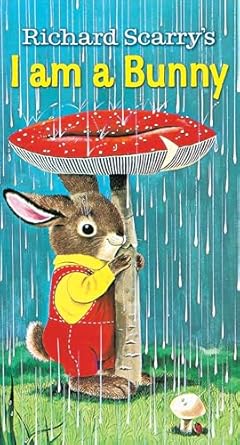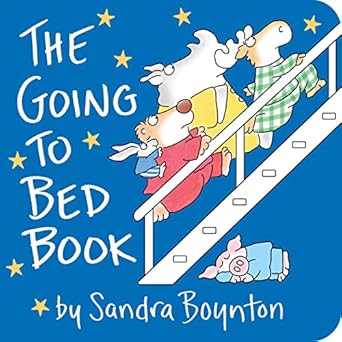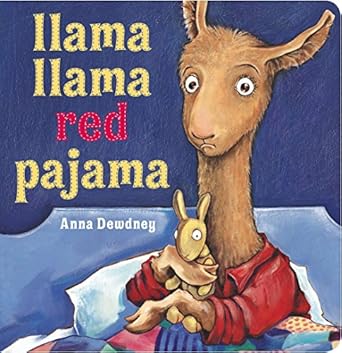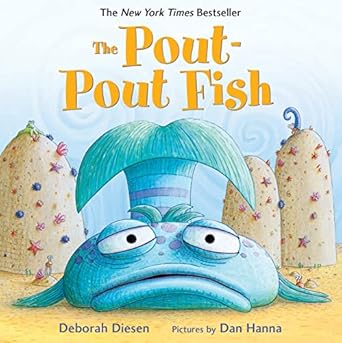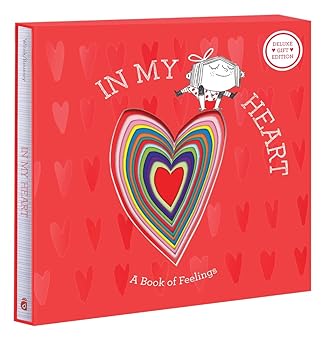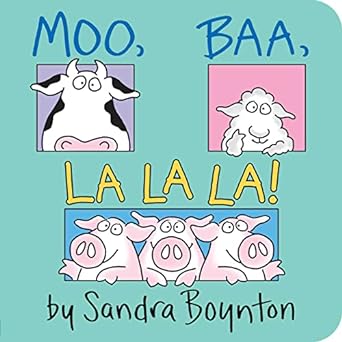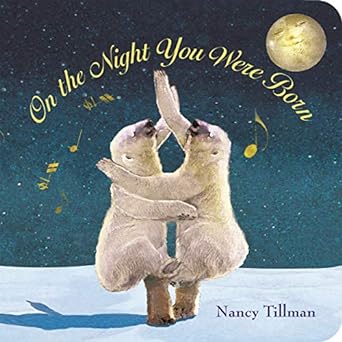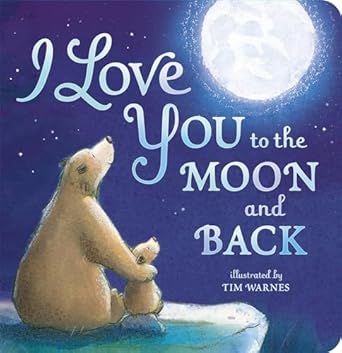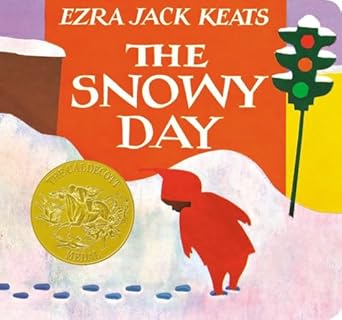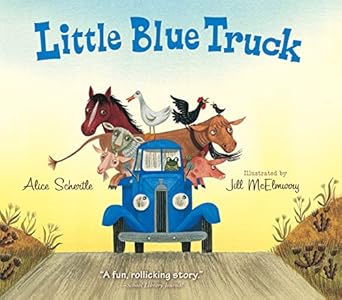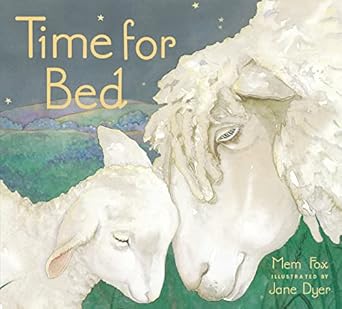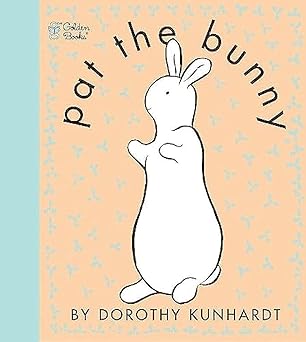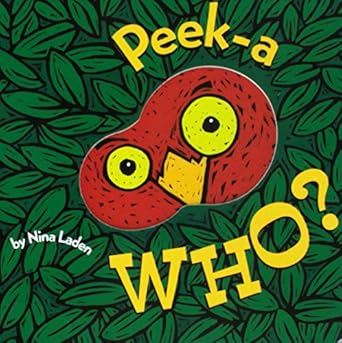Summary: In this article, I’ve put together a list of 20 baby books that are great for sparking curiosity, supporting early development, and fostering a love of reading. Here are my top 3:
- Goodnight Moon by Margaret Wise Brown
- The Very Hungry Caterpillar by Eric Carle
- Where’s Spot? by Eric Hill
Reading baby books supports early development by introducing language, colors, shapes, and sounds, while helping build vocabulary and cognitive skills. Beyond learning, they create bonding moments through repetition, rhythm, and soothing illustrations. Storytime is a fun, nurturing way to connect with your baby and spark a lifelong love of reading.
TOP 20: Best Baby Books
- Goodnight Moon by Margaret Wise Brown
- The Very Hungry Caterpillar by Eric Carle
- Where’s Spot? by Eric Hill
- Brown Bear, Brown Bear, What Do You See? by Bill Martin Jr. and Eric Carle
- Guess How Much I Love You by Sam McBratney
- Dear Zoo by Rod Campbell
- Chicka Chicka Boom Boom by Bill Martin Jr. and John Archambault
- I Am a Bunny by Richard Scarry
- The Going to Bed Book by Sandra Boynton
- Llama Llama Red Pajama by Anna Dewdney
- The Pout-Pout Fish by Deborah Diesen
- In My Heart: A Book of Feelings by Jo Witek
- Moo, Baa, La La La! by Sandra Boynton
- On the Night You Were Born by Nancy Tillman
- I Love You to the Moon and Back by Amelia Hepworth
- The Snowy Day by Ezra Jack Keats
- Little Blue Truck by Alice Schertle
- Time for Bed by Mem Fox
- Pat the Bunny by Dorothy Kunhardt
- Peek-a-Who? by Nina Laden
1. Goodnight Moon
- Author: Margaret Wise Brown
- About: A classic bedtime story featuring a little bunny saying goodnight to various objects in his room.
- Style of writing: Simple, rhythmic, and repetitive
- Length: Approx. 250 words
- Year written: 1947
- Emotional impact: Comforting and calming, often leaving a sense of peace for both baby and caregiver
- Difficulty level: Easy
- Why read it: Perfect for bedtime, its gentle repetition and rhythmic cadence help soothe babies to sleep.
2. The Very Hungry Caterpillar
- Author: Eric Carle
- About: A caterpillar eats through different foods before turning into a beautiful butterfly.
- Style of writing: Simple, repetitive, and interactive
- Length: Approx. 250 words
- Year written: 1969
- Emotional impact: Joyful, engaging, with an element of wonder
- Difficulty level: Easy
- Why read it: It's a fun, interactive way to introduce counting, days of the week, and the life cycle of a butterfly.
3. Where’s Spot?
- Author: Eric Hill
- About: A lift-the-flap book where children search for the puppy, Spot, around the house.
- Style of writing: Simple, interactive, with repetitive phrases
- Length: Approx. 100 words
- Year written: 1980
- Emotional impact: Curiosity and excitement, as babies love lifting flaps and discovering what’s behind them
- Difficulty level: Easy
- Why read it: Encourages interaction and promotes cognitive skills through the use of flaps and surprises.
4. Brown Bear, Brown Bear, What Do You See?
- Author: Bill Martin Jr. and Eric Carle
- About: A series of animals ask each other what they see, introducing colors and animals.
- Style of writing: Repetitive, rhythmic, and patterned
- Length: Approx. 200 words
- Year written: 1967
- Emotional impact: Fun, soothing, and educational
- Difficulty level: Easy
- Why read it: Teaches colors and animals in a way that’s easy for babies to understand and enjoy.
5. Guess How Much I Love You
- Author: Sam McBratney
- About: Little Nutbrown Hare and Big Nutbrown Hare express their love for each other in various ways.
- Style of writing: Tender, sweet, and heartfelt
- Length: Approx. 350 words
- Year written: 1994
- Emotional impact: Heartwarming, often evoking feelings of love and connection
- Difficulty level: Easy
- Why read it: A beautiful expression of love that will resonate with both babies and parents.
6. Dear Zoo
- Author: Rod Campbell
- About: A lift-the-flap book about a child who writes to the zoo for a pet, but each animal is too big, too fierce, etc.
- Style of writing: Simple, interactive, with repetitive text
- Length: Approx. 150 words
- Year written: 1982
- Emotional impact: Fun, curiosity, and excitement due to the flaps
- Difficulty level: Easy
- Why read it: Great for engaging babies with animal names and the concept of opposites.
7. Chicka Chicka Boom Boom
- Author: Bill Martin Jr. and John Archambault
- About: The alphabet letters climb up a coconut tree, but the tree crashes down.
- Style of writing: Rhythmic, playful, and lively
- Length: Approx. 250 words
- Year written: 1989
- Emotional impact: Fun, energetic, and lively, often making babies giggle
- Difficulty level: Easy
- Why read it: Helps babies learn the alphabet through a fun, rhythmic story.
8. I Am a Bunny
- Author: Richard Scarry
- About: A little bunny explores nature in each season, introducing animals and their environments.
- Style of writing: Simple, descriptive, and soothing
- Length: Approx. 200 words
- Year written: 1963
- Emotional impact: Calm, peaceful, with a connection to nature
- Difficulty level: Easy
- Why read it: A beautiful introduction to the seasons and the natural world.
9. The Going to Bed Book
- Author: Sandra Boynton
- About: A group of animals prepares for bed in a fun and light-hearted way.
- Style of writing: Rhythmic, humorous, and playful
- Length: Approx. 200 words
- Year written: 1982
- Emotional impact: Comforting and fun, helping to wind down for bedtime
- Difficulty level: Easy
- Why read it: A playful bedtime story that’s perfect for getting babies ready for sleep.
10. Llama Llama Red Pajama
- Author: Anna Dewdney
- About: Llama Llama is put to bed but is feeling anxious, which leads to a bedtime adventure.
- Style of writing: Rhythmic, fun, with a bit of humor
- Length: Approx. 400 words
- Year written: 2005
- Emotional impact: Relatable for children and soothing for both parents and babies
- Difficulty level: Easy
- Why read it: Addresses the common anxiety around bedtime with humor and warmth.
11. The Pout-Pout Fish
- Author: Deborah Diesen
- About: A gloomy fish learns that he doesn’t always have to pout and can spread happiness instead.
- Style of writing: Rhythmic, playful, with a touch of humor
- Length: Approx. 500 words
- Year written: 2008
- Emotional impact: Uplifting, teaches a positive lesson about changing your mood
- Difficulty level: Easy
- Why read it: It’s a fun, encouraging story about embracing positivity and changing your attitude.
12. In My Heart: A Book of Feelings
- Author: Jo Witek
- About: A little girl explores a variety of feelings through her heart.
- Style of writing: Poetic, gentle, and expressive
- Length: Approx. 300 words
- Year written: 2015
- Emotional impact: Deep, helps children understand and express their emotions
- Difficulty level: Easy
- Why read it: A wonderful book for teaching emotional awareness and empathy.
13. Moo, Baa, La La La!
- Author: Sandra Boynton
- About: A playful book introducing animal sounds through fun rhymes.
- Style of writing: Rhythmic, simple, and humorous
- Length: Approx. 100 words
- Year written: 1982
- Emotional impact: Joyful and silly, often making babies laugh
- Difficulty level: Easy
- Why read it: A fun and engaging way to introduce animal sounds and encourage early speech.
14. On the Night You Were Born
- Author: Nancy Tillman
- About: A beautiful celebration of a child’s birth and how special they are.
- Style of writing: Poetic, tender, and heartwarming
- Length: Approx. 500 words
- Year written: 2006
- Emotional impact: Deeply emotional, often leaving parents feeling nostalgic and full of love
- Difficulty level: Easy
- Why read it: A beautiful, affirming story for celebrating a baby’s arrival and uniqueness.
15. I Love You to the Moon and Back
- Author: Amelia Hepworth
- About: A sweet expression of love between a parent and child.
- Style of writing: Simple, tender, and heartfelt
- Length: Approx. 300 words
- Year written: 2014
- Emotional impact: Heartfelt, sweet, often bringing tears of joy
- Difficulty level: Easy
- Why read it: Perfect for expressing unconditional love in a beautiful and memorable way.
16. The Snowy Day
- Author: Ezra Jack Keats
- About: A little boy experiences the joy of a snowy day.
- Style of writing: Simple, poetic, and descriptive
- Length: Approx. 400 words
- Year written: 1962
- Emotional impact: Joyful, nostalgic, evokes the magic of a snowy day
- Difficulty level: Easy
- Why read it: A perfect story for capturing the wonder of winter and childhood exploration.
17. Little Blue Truck
- Author: Alice Schertle
- About: A little blue truck helps other vehicles stuck in the mud, teaching teamwork.
- Style of writing: Rhythmic, simple, and playful
- Length: Approx. 500 words
- Year written: 2008
- Emotional impact: Warm and uplifting, promoting kindness and friendship
- Difficulty level: Easy
- Why read it: It teaches the value of helping others and the importance of kindness.
18. Time for Bed
- Author: Mem Fox
- About: Animals say goodnight to their babies, settling them down for bed.
- Style of writing: Rhythmic, gentle, and comforting
- Length: Approx. 300 words
- Year written: 1993
- Emotional impact: Soothing, calming, ideal for bedtime
- Difficulty level: Easy
- Why read it: A perfect bedtime story to help babies transition from play to sleep.
19. Pat the Bunny
- Author: Dorothy Kunhardt
- About: An interactive book where babies can touch different textures.
- Style of writing: Simple, interactive
- Length: Approx. 100 words
- Year written: 1940
- Emotional impact: Engaging, promotes tactile exploration
- Difficulty level: Easy
- Why read it: Perfect for sensory development through touch-and-feel elements.
20. Peek-a-Who?
- Author: Nina Laden
- About: A playful peek-a-boo game with fun, rhyming text and surprises.
- Style of writing: Simple, interactive, with rhyming text
- Length: Approx. 150 words
- Year written: 2000
- Emotional impact: Fun, engaging, and often causes babies to giggle
- Difficulty level: Easy
- Why read it: A great way to introduce babies to the concept of peek-a-boo while developing early language skills.
Conclusion
To wrap things up, I think Goodnight Moon, The Very Hungry Caterpillar, and Where’s Spot? are three fantastic books to kickstart your baby’s reading journey. Each one brings something special—whether it’s the calming rhythm of Goodnight Moon, the interactive fun of Where’s Spot?, or the colorful learning experience of The Very Hungry Caterpillar. These books not only help with early language development but also offer precious bonding moments with your little one. In my opinion, they’re perfect for sparking a love of reading that will only grow as your baby does.

